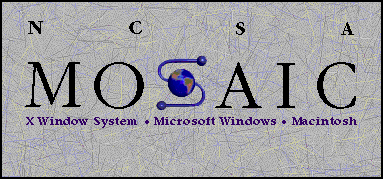The Django web framework is now 20 years old. Within a few months of its launch, I discovered it, liked it, and we rather daringly decided to bet on it as the basis for the software of my new startup. (Here’s my post from almost exactly 20 years ago, explaining the decision.)
For those not familiar with them, web frameworks like this give you a whole lot of functionality that you need when you want to use your favourite programming language to build web sites and web services. They help you receive HTTP requests, decide what to do based on the URLs, look things up in databases, produce web pages from templates, return the resulting pages in a timely fashion, and a whole lot more besides. You still have to write the code, but you get a lot of lego bricks of the right shape to make it very much easier, and there are a lot of documented conventions about how to go about it so you don’t have to learn, the hard way, the lessons that lots of others had to learn in the past!
Anyway, I had made a similar lucky bet in 1991 when the first version of the Python programming language was released, and I loved it, and was using it just a few weeks later (and have been ever since).
Django was a web framework based on Python, and it has gone on to be a huge success partly because it used Python; partly because of the great design and documentation build by its original founders; partly because of the early support it received from their employer, the Kansas newspaper Lawrence Journal-World, who had the foresight to release it as Open Source; and partly because of the non-profit Django Software Foundation which was later created to look after it.
Over the last two decades Django has gone on to power vast numbers of websites around the world, including some big names like Instagram. And I still enjoy using it after all that time, and have often earned my living from doing so, so my thanks go out to all who have contributed to making it the success story that it is!
Anyway, on a podcast this week of a 20th-birthday panel discussion with Django’s creators, there was an amusing and poignant story from Adrian Holovaty, which explains the second part of the title of this post.
Adrian now runs a company called Soundslice (which also looks rather cool, BTW). And Soundslice recently had a problem: ChatGPT was asserting that their product had a feature which it didn’t in fact have. (No surprises there!) They were getting lots of users signing up and then being disappointed. Adrian says:
“And it was happening, like, dozens of times per day. And so we had this inbound set of users who had a wrong expectation. So we ended up just writing the feature to appease the ChatGPT gods, which I think is the first time, at least to my knowledge, of product decisions being influenced by misinformation from LLMs.”
Note this. Remember this day. It was quicker for them to implement the world as reported by ChatGPT than it was to fix the misinformation that ChatGPT was propagating.
Oh yes.


 But another novelty was catching my attention at that time… This thing called the World Wide Web. Early web browsers generally spoke enough NNTP to be able to display a message (and maybe even the list of messages in a group), so you could include ‘news://’ URLs in your web pages to refer to Usenet content. But a browser wasn’t much good for more general news perusal because it didn’t have a way to find out which newsgroups were available on your local server. My newslist.py script was designed to fill that gap by connecting to the server, getting the list of its groups, and creating a web page with links to them displayed in a nice hierarchical structure. You could then dispense with your special newsgroup app, at least for the purposes of reading.
But another novelty was catching my attention at that time… This thing called the World Wide Web. Early web browsers generally spoke enough NNTP to be able to display a message (and maybe even the list of messages in a group), so you could include ‘news://’ URLs in your web pages to refer to Usenet content. But a browser wasn’t much good for more general news perusal because it didn’t have a way to find out which newsgroups were available on your local server. My newslist.py script was designed to fill that gap by connecting to the server, getting the list of its groups, and creating a web page with links to them displayed in a nice hierarchical structure. You could then dispense with your special newsgroup app, at least for the purposes of reading.
Recent Comments